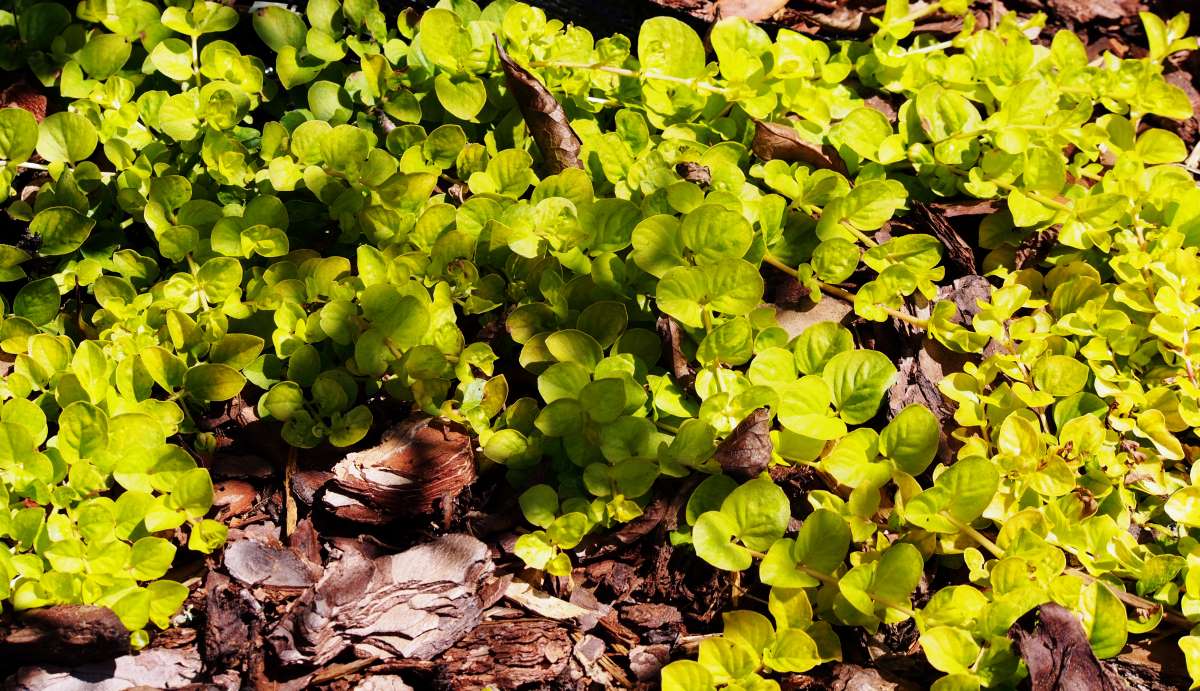Description
Lysimachia – Loosestrife –
There are about 150 herbaceous and evergreen, creeping to clump forming perennials and shrubs, in this genus. They mainly occur in damp grassland and woodlands or by water, in subtropical regions, including South Africa, and North temperate regions, with 130 of the 150 species occurring in China. They have opposite, alternate, or whorled, simple, smooth edged or sometimes toothed or scalloped, often hairy leaves. The 5 petalled flowers vary from star shaped to saucer or cup shaped, and are usually white or yellow, sometimes pink or purple, and either held solitary and axillary or borne in terminal racemes or panicles. Larger species are suitable for a moist herbaceous border, bog garden, or pond margin, or for naturalizing in a wild or woodland garden. Low growing species make a good groundcover.
Grow in humus rich, preferably moist but well drained soil that does not dry out in summer, in full sun or partial shade. Tall species may need support. Divide in spring or autumn.
Prone to rust and leaf spot.
L. nummulaaria ‘Aurea’ – Golden Creeping Jenny – This rampant, prostrate, stem rooting, evergreen perennial from Europe, Turkey, and the Caucasus is widely naturalized in America grows 3″ tall with an indefinite spread. It produces opposite, almost circular, pale yellow-green leaves, to 3/4″ long, heart shaped at the bases. During summer it bears usually solitary, upturned, bowl shaped, bright yellow flowers, to 1″ across, some what tolerant to foot traffic and boggy soil. In shade the leaves turn lime green.
Zones 4-8





